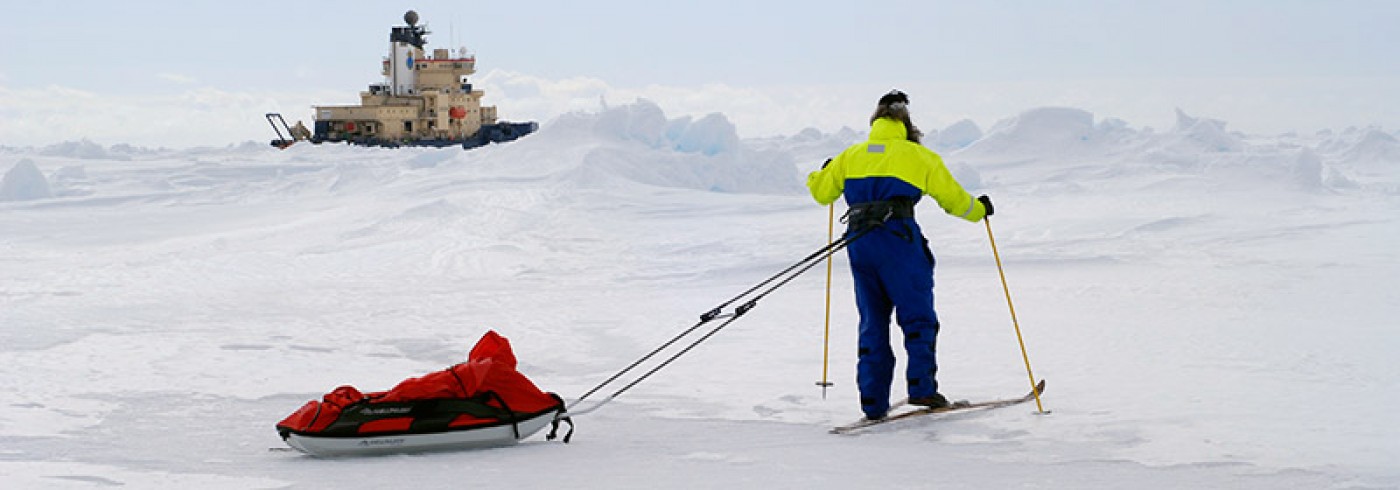Oden Southern Ocean 2010/11- expedition summary
26 November 2010 - 17 January 2011The 2010/11 Oden expedition to the Amundsen Sea in Antarctica was the fifth scientific expedition coordinated jointly by the National Science Foundation, the Swedish Polar Research Secretariat, and the Swedish Research Council. This was a two-ship expedition, and a rendezvous with R/V Nathaniel B. Palmer permitted the transfer of equipment and scientists.
The Swedish scientific party on Oden was devoted to studies of oceanography, the biology and chemistry of sea ice and water, the dynamics and evolution of epidemic diseases in seals, and benthic communities. The Swedes on the Palmer team studied the role of bacteria in the carbon cycle, crab predators invading warming Antarctic waters, as well as iodine, iron, and other tracers and their roles in the Amundsen Sea Polynya.
Oden left Punta Arenas, Chile, on 8 December 2010 and reached McMurdo Station in the Ross Sea on 16 January 2011. We met R/V Nathaniel B. Palmer in the Amundsen Sea, where stations were occupied, as well as along a transect towards McMurdo, where three stations were located in the fast ice in the Ross Sea (i.e., Costa Rupert, Bay of Whales, and McMurdo Sound). The total science time was 20 days. During the course of the cruise, ice stations were occupied for ten 6–8-hour and three 24-hour periods. At 33 CTD stations, the water column was sampled for the analysis of chemical properties. The positions of the stations at the start of the science times were governed by the rendezvous with R/V Nathaniel B. Palmer and the position of the mooring site. In addition, a benthic camera mounted on a sledge was deployed on five occasions. We were fortunate to have a helicopter aboard Oden, which allowed the sampling of seals nearly every day.








